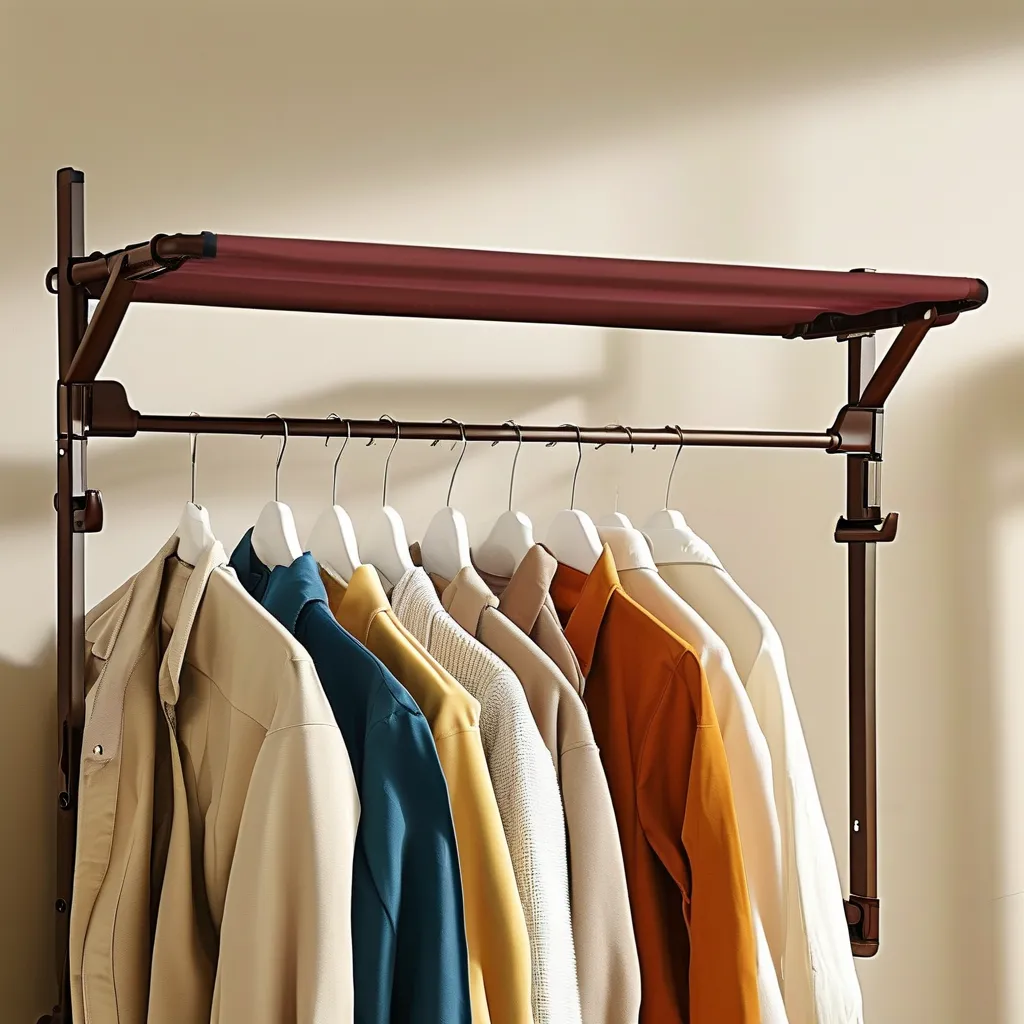Traveling with wrinkle-free outfits requires smart storage solutions like car garment racks and foldable travel hangers, but even small missteps can turn these organizers from helpers into hassles. Whether you’re road-tripping for business or leisure, avoid these common errors to keep your clothes pristine and your journey stress-free.
Overloading the Car Garment Rod
One of the most frequent mistakes is hanging too many garments on a single rod. While it’s tempting to maximize space, exceeding weight limits risks bending the rack or damaging delicate fabrics. Automotive accessory manufacturer AutoDrive recommends a maximum load of 10-15 pounds (4.5-6.8 kg) for most vehicle-mounted racks—roughly 5-7 lightweight dresses or shirts. For bulkier items like coats, use collapsible travel hangers individually clipped to headrests instead.
Ignoring Heat Exposure
Leaving garments in direct sunlight during stops accelerates fabric fading and weakens fibers—especially problematic for silk or wool blends. A 2022 study by the Textile Industry Association found that UV exposure for just 2 hours increased polyester wear by 18%. Use UV-resistant garment bags (like those from Eagle Creek) and park in shaded areas whenever possible. For foldable organizers, opt for heat-resistant materials like anodized aluminum over plastic in hot climates.
Improper Installation Practices
Skipping installation steps often leads to disaster mid-drive. A survey by AAA Travel revealed that 43% of users who experienced organizer failures admitted they didn’t fully secure mounting straps or hooks. Always test stability by gently shaking the rack before loading clothes. For foldable hangers with suction cups, clean both the cup surface and your car’s interior panel with isopropyl alcohol first to ensure adhesion.
Neglecting Weight Distribution
Placing heavy items unevenly causes tilting and fabric bunching, particularly in compact SUVs or sedans with limited vertical space. Professional organizers suggest placing thick jackets at the bottom and lighter blouses toward the top when using multi-tiered racks. For folded items stored in hanger compartments, position shoes or accessories at the base to lower the center of gravity.
Failing to Clean Before Storage
Dirt particles trapped in folding mechanisms or fabric compartments become abrasive over time, shortening product lifespans. Outdoor retailer REI advises wiping down metal joints with a microfiber cloth after beach trips or dusty drives and vacuuming organizer pockets monthly to prevent mold growth in humid environments.
Choosing Incompatible Designs
Not all organizers suit every vehicle type or trip purpose. For example, overhead racks work well in vans but may obstruct rearview mirrors in smaller cars—opt for trunk-mounted alternatives instead. Similarly, hard-shell foldable hangers offer better crease prevention but consume more luggage space than soft mesh versions suitable for short trips.
Skipping Regular Maintenance Checks
Inspect zippers, stitching, and support bars every 3-6 months for signs of wear before they fail mid-trip. Lookalike products sold on unverified marketplaces often use subpar plastic clasps prone to snapping; stick with brands like Herschel or TravelSmart, which provide lifetime warranties on critical components.
By addressing these practical pitfalls—from heat management to load balancing—you’ll extend the life of your travel organizers while keeping outfits crisp from departure to destination.For extended road trips, pair your setup with cedar sachets inside garment bags to repel moths naturally without chemical odors clashing with perfumes or colognes.A small investment in strategic usage pays off in polished appearances wherever you roam.(Word count:616)
